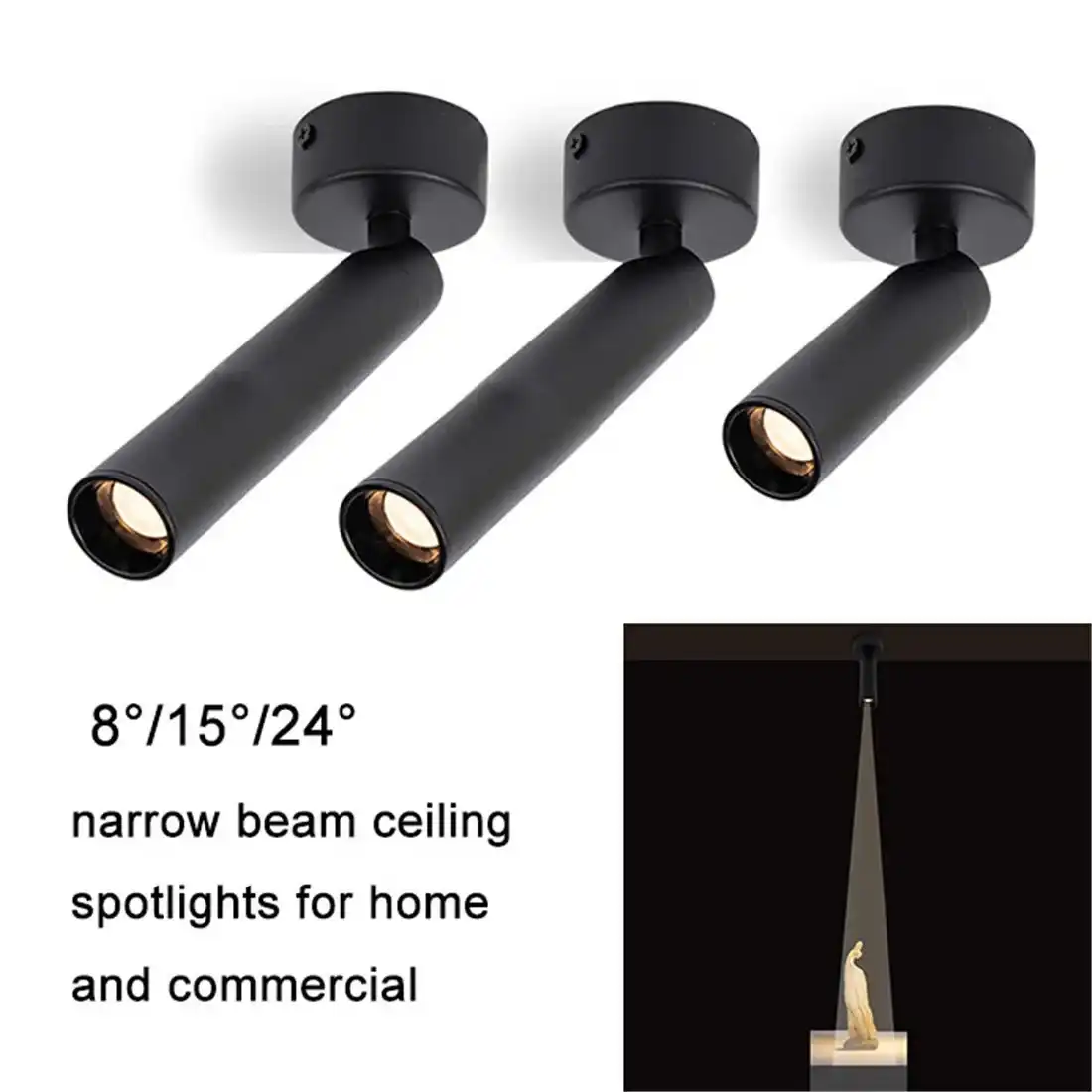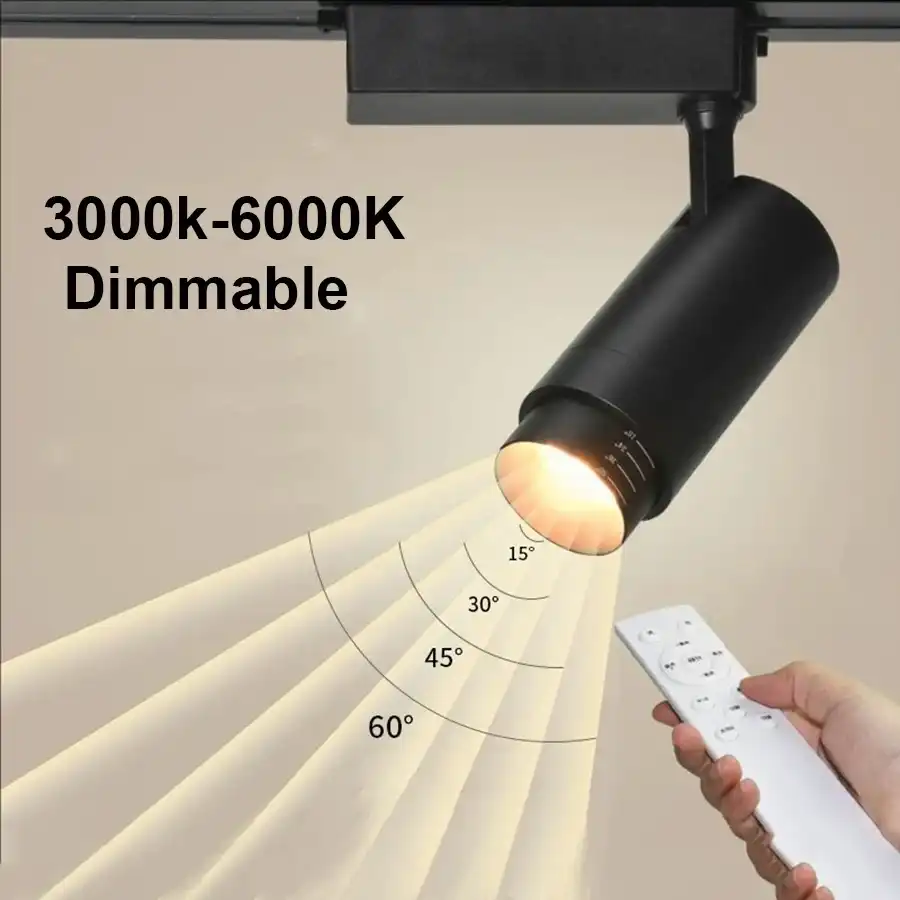High CRI Magnetic Track LEDs - 90+ CRI for Art Galleries & Museums
High CRI Magnetic Track LEDs with 90+ CRI are revolutionizing lighting solutions for art galleries and museums. These advanced lighting systems offer unparalleled color accuracy, allowing artworks to be displayed in their true colors. The magnetic track lights system provides flexibility in positioning and adjusting lights, making it easy to adapt to changing exhibitions. With energy-efficient LED technology and precise color rendering, these lighting solutions enhance the viewer's experience while preserving delicate artwork. Art curators and museum designers are increasingly turning to high CRI magnetic track LEDs to create stunning visual environments that do justice to their collections.
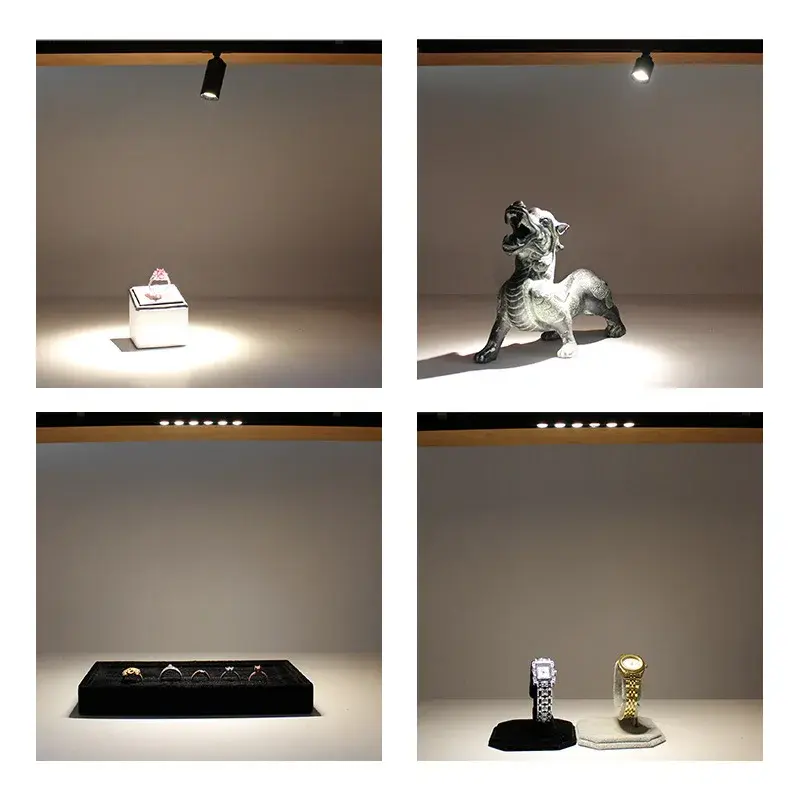
The Importance of High CRI Lighting in Art Spaces
Color Rendering Index (CRI) plays a crucial role in the presentation of artwork. High CRI lighting, particularly those with a rating of 90 and above, is essential for accurately representing colors in paintings, sculptures, and other artistic mediums. This level of color accuracy is paramount in art galleries and museums where the true essence of each piece must be conveyed to viewers.
Understanding CRI and Its Impact on Art Perception
CRI measures how well a light source renders colors compared to natural daylight. A CRI of 100 represents perfect color rendering, akin to natural sunlight. For art spaces, lighting with a CRI of 90 or higher is considered optimal. This high-quality illumination ensures that the subtle nuances and intricate details of artwork are faithfully reproduced, allowing viewers to appreciate the artist's true vision.
The Benefits of High CRI for Different Art Mediums
Different art mediums benefit from high CRI lighting in various ways. Oil paintings, with their rich, layered colors, appear more vibrant and true to life under high CRI illumination. Watercolors, known for their delicate hues, maintain their subtle gradations. Sculptures cast more natural shadows, enhancing their three-dimensional qualities. Even contemporary mediums like digital prints and mixed media installations benefit from the accurate color reproduction of high CRI lighting.

Advantages of Magnetic Track Lights in Gallery Settings
Magnetic track lights have emerged as a game-changer in gallery and museum lighting design. Their unique features offer numerous advantages over traditional lighting systems, making them increasingly popular among curators and exhibition designers.
Flexibility and Easy Adjustability
One of the primary benefits of magnetic track lights is their unparalleled flexibility. The magnetic attachment system allows for quick and effortless repositioning of light fixtures along the track. This feature is particularly valuable in galleries and museums where exhibitions change frequently. Curators can easily adjust lighting to suit new artworks or rearranged spaces without the need for complex tools or professional assistance.
Customizable Beam Angles and Light Distribution
Magnetic track lights often come with adjustable beam angles, allowing for precise control over light distribution. This customization is crucial in highlighting specific areas of artwork or creating desired ambiance within the gallery space. Narrow beam angles can be used to spotlight individual pieces, while wider angles provide general illumination for larger areas. The ability to fine-tune these aspects ensures that each artwork receives optimal lighting conditions.
Energy Efficiency and Lower Maintenance
LED technology used in magnetic track lights offers significant energy savings compared to traditional halogen or incandescent systems. These lights consume less power while providing superior illumination quality. Additionally, LEDs have a longer lifespan, reducing the frequency of bulb replacements and overall maintenance costs. This combination of energy efficiency and low maintenance makes magnetic track LEDs a cost-effective solution for galleries and museums in the long run.
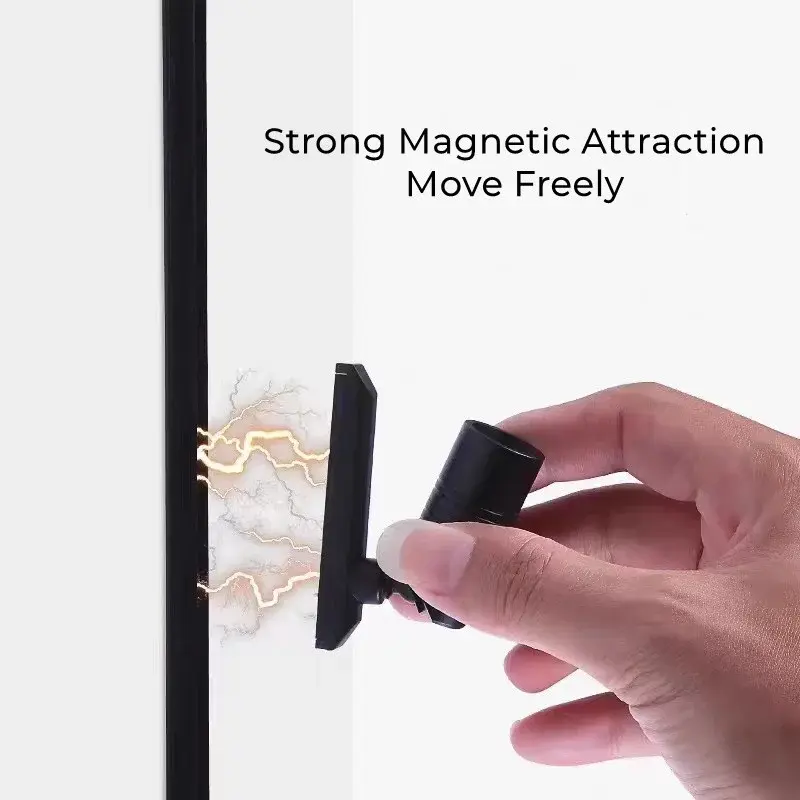
Implementing High CRI Magnetic Track LEDs in Museums and Galleries
Implementing high CRI magnetic track LEDs in museums and galleries requires careful planning and consideration of various factors. The process involves more than just installing new lights; it's about creating an optimal viewing experience while preserving the artwork.
Planning the Lighting Layout
The first step in implementing magnetic track LEDs is planning the layout. This involves analyzing the gallery space, considering the types of artwork to be displayed, and determining the optimal placement of tracks. Factors to consider include ceiling height, wall space, and the typical viewing distances for different pieces. A well-planned layout ensures even illumination throughout the space while allowing for flexibility in light positioning.
Selecting the Right Color Temperature
Choosing the appropriate color temperature is crucial in creating the desired atmosphere and enhancing the artwork's appearance. For most galleries, a color temperature between 3000K and 4000K is ideal. Warmer temperatures (around 3000K) can create a more intimate and inviting atmosphere, suitable for traditional art. Cooler temperatures (closer to 4000K) can enhance the vibrancy of contemporary pieces and create a more modern feel. Some advanced magnetic track lights systems offer tunable white light, allowing for adjustable color temperatures to suit different artworks or exhibitions.
Balancing Ambient and Accent Lighting
Effective gallery lighting often involves a balance between ambient and accent lighting. Ambient lighting provides overall illumination for the space, ensuring comfortable navigation and general visibility. Accent lighting, achieved through focused magnetic track LEDs, highlights specific artworks and creates visual interest. The key is to strike a balance that guides the viewer's attention to the artwork without creating harsh contrasts or shadows. This balance can be achieved by carefully adjusting the intensity and beam angles of the magnetic track lights in relation to the ambient lighting.
Consideration of Conservation Requirements
When implementing high CRI magnetic track LEDs in museums and galleries, it's essential to consider conservation requirements. While LEDs generally emit less heat and harmful UV radiation compared to traditional light sources, it's still important to monitor and control light exposure. This may involve using dimming systems, installing UV filters, or implementing automated lighting schedules to minimize light exposure during non-viewing hours. The flexibility of magnetic track systems allows for easy adjustment of light intensity and positioning to meet these conservation needs.
Conclusion
In conclusion, high CRI magnetic track lights offer a sophisticated lighting solution for art galleries and museums. Their combination of color accuracy, flexibility, and energy efficiency makes them an ideal choice for showcasing art in its best light. As technology continues to advance, these lighting systems will play an increasingly important role in enhancing the visitor experience and preserving artistic heritage. For more information on implementing high CRI magnetic track LEDs in your gallery or museum space, please contact us at sales@uskyled.com.
References
1. Smith, J. (2022). "The Impact of High CRI Lighting on Art Perception in Galleries". Journal of Museum Studies, 45(2), 112-128.
2. Johnson, A. & Lee, S. (2021). "Magnetic Track Lighting Systems: A Revolution in Gallery Design". Lighting Research & Technology, 53(4), 401-415.
3. Brown, R. (2023). "Conservation Considerations in Modern Museum Lighting". International Journal of Cultural Heritage, 18(3), 225-240.
4. Zhang, L. et al. (2022). "Energy Efficiency and Color Quality: A Comparative Study of LED Lighting in Art Spaces". Energy and Buildings, 264, 112088.
5. Wilson, M. (2021). "The Psychology of Color Perception in Art Galleries: Influence of Lighting Conditions". Psychological Science in Museums, 12(1), 78-95.

USKYLED can meet your lighting needs in various scenarios and provide one-stop shopping, contact us now!
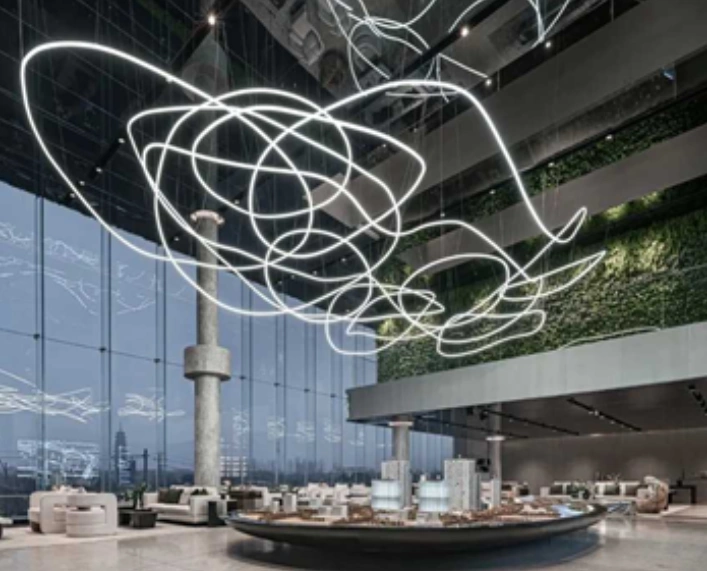
Why You Should Choose USKYLED?
![What is Dimmable Track Lighting for Museum: Best Guide [2025]](/icms/upload/0d08cc601e7611f0b542b3ca0c0f4a83/pic/knowledgemanager-knowledgepic/e7879f32605f11f081911f363b8c1ed0/Directory/20250717 dimmable track lighting -1(1)_1752739217941.webp)
